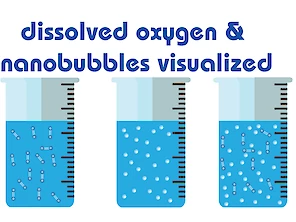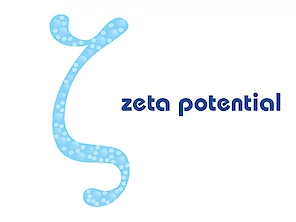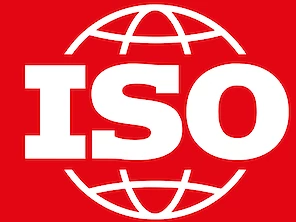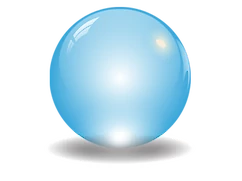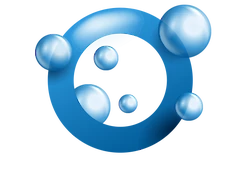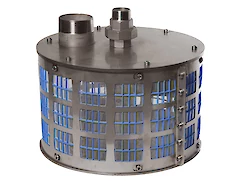Modified: Sunday, 21 December 2025
Written by Erik van Berkum (LinkedIn)
Laser-based nanobubble monitoring achieves 0.992 correlation with NanoSight NS500
The ALT-9F17 nanobubble sensor represents a breakthrough in ultrafine bubble monitoring technology, offering an economical alternative to expensive laboratory equipment like NanoSight systems for real-time process control. This laser-based monitoring system demonstrates exceptional measurement accuracy with a 0.992 correlation coefficient against established Nanosite NS500 measurements, making it ideal for automated control of nanobubble generators and energy optimization in industrial applications.
ALT-9F17 Correlation Study
The correlation study reveals an exceptionally strong linear relationship (r = 0.992) between the ALT-9F17's laser-scattered light measurements and the established Nanosite NS500 bubble concentration readings across varying ultrafine bubble dilution rates. Both measurement systems tracked nearly identical trends, with voltage readings dropping from approximately 3.4 mV to 1.7 mV as bubble concentrations decreased from 25 × 10E8 to 13 × 10E8 particles per milliliter.
This validation demonstrates that the scattered laser principle effectively translates to reliable bubble concentration estimates, with the ALT-9F17's 0-1000 signal range providing proportional responses to actual particle counts. The linear correlation across different dilution levels confirms the sensor's capability to accurately monitor ultrafine bubble populations in real-time applications.

Measurement Validation Results

The controlled reference conditions for the correlation study included ultrapure water maintained at 23.2°C, with an ambient temperature of 25.5°C, to ensure standardized measurement protocols. These precise environmental controls were critical for achieving the exceptional correlation results, as the ALT-9F17's laser scattered light measurement operates at 90 degrees and can be influenced by water quality factors, including turbidity and color.
Under these optimized conditions, the sensor demonstrated its ability to detect ultrafine bubbles with diameters up to 1 μm, achieving an accuracy of ± 1.0 E8/ml and a low-limit detection threshold of 1.0 to 2.0 E8/ml depending on bubble size. The validation confirms that field applications may require calibration adjustments based on specific water quality parameters, as particles and high turbidity can interfere with the proper interpretation of the laser signal.
Practical Applications
For process control applications, the scattered laser measurement system enables automated shutdown of ultrafine bubble generators when optimal concentration levels are reached, providing significant energy cost savings. The sensor's external relay contacts support direct integration with industrial control systems, offering dry contact outputs for error detection, pump control, and preset signal level limits, plus 4-10 mA analog signals for continuous monitoring.
The 6mm tube connectivity allows either gravity-fed or pump-assisted sample water flow at 60 ml per minute, making installation flexible across different plant configurations. With its touchscreen interface available in English or Japanese, operators can easily monitor the 0-1000 signal range that translates directly to bubble concentration levels, eliminating the need for expensive laboratory equipment in routine process monitoring applications.
Operating Conditions

Operating temperature ranges span from 0 to +40°C for the device itself, while accommodating water temperatures up to +45°C during measurement operations. Storage conditions extend to +60°C with strict no-freezing requirements to protect the sensitive laser components and PTFE/PFA quartz glass wet parts.
Power requirements are flexible with 100 to 240-volt AC compatibility at 50/60Hz through an included adapter, consuming a maximum of 65 watts during operation. The compact 150W×335D×136H mm footprint and 6 kg weight facilitate installation in various industrial environments, though optimal performance requires fresh water samples free from excessive turbidity that could interfere with the 90-degree laser measurement system.
Find more information and technical details on the ALT-9F17 product page
